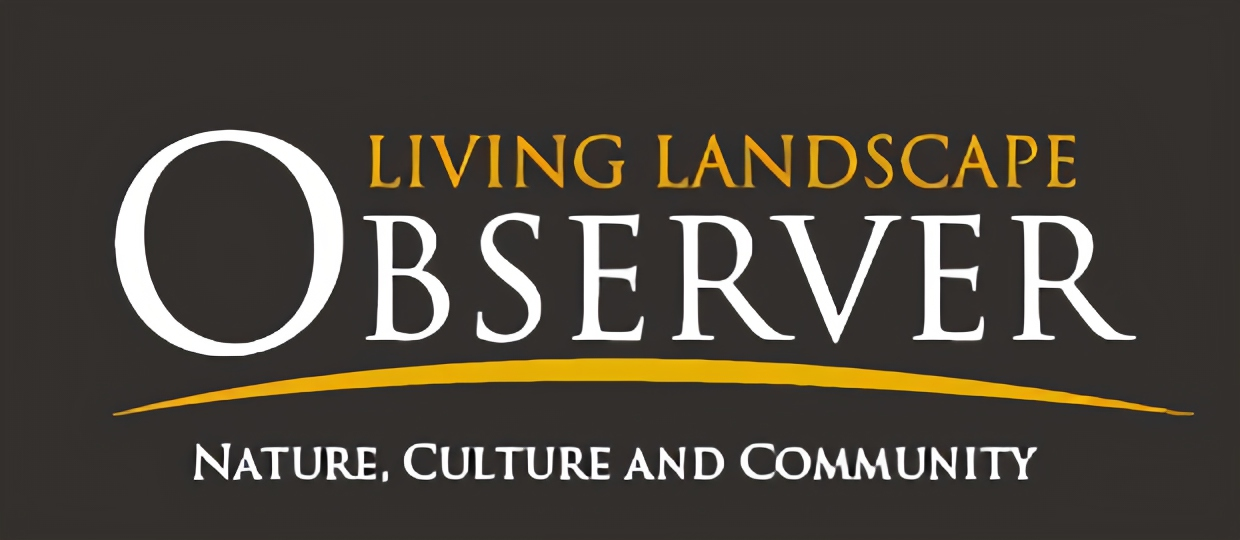To provide observations and information on the emerging fields of landscape scale conservation, heritage preservation, and sustainable community development.
Newsletter
Stay up-to-date with the latest nature, culture and community news.
We won’t spam you or share your information. Newsletters are sent approximately 10 times a year. Unsubscribe at any time.

WORLD RURAL LANDSCAPE PRINCIPLES: Threats, challenges, benefits, and sustainability
The ‘Principles Concerning Rural Landscapes as Heritage’ (ICOMOS 2017) after defining rural landscapes also briefly develop themes relating to threats, challenges, benefits, and sustainability for rural landscapes from a cultural heritage point of view for today’s society. These challenges have been examined by scholars, scientific and cultural associations and public administrations, both at international and local levels and you will probably be aware of many of these issues.
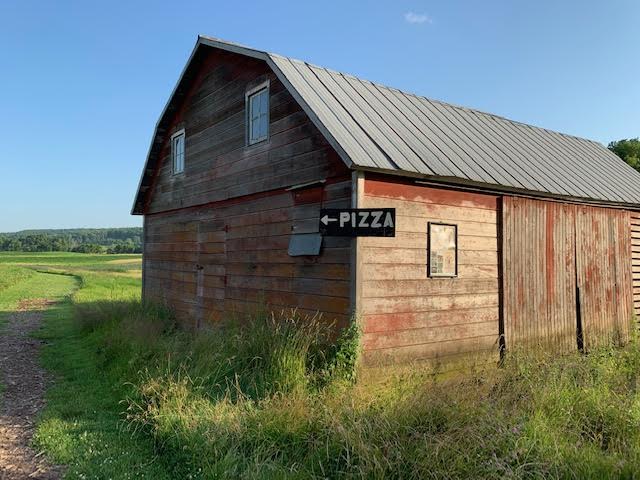
Rural Renaissance and Endurance: Painting a picture of hope in the Heartland
Examples of rural renewal and continuity are a reason for hope in the center of our country. This inspirational presentation was given by a young farmer who with her husband manage an organic farm in Decorah Iowa, which they describe “as growing organic crops, grazing sheep and cattle on pasture, powering their farm and home with the sun, and growing deep roots in our community.”
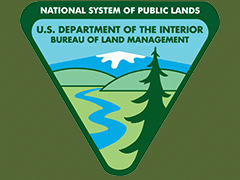
An Uncertain Future: Charting the Bureau of Land Management’s Landscape Scale Work
Over the past two decades, the Bureau of Land Management (BLM) has dramatically expanded its involvement in planning and conservation on a landscape scale. During the past two years, much of this work has been refocused, with the added complication of a potential headquarters relocation. What does the future hold for landscape scale work at the BLM?
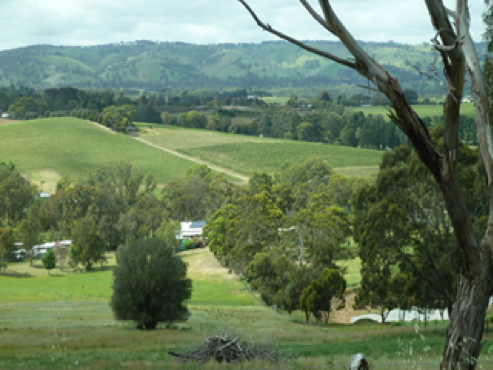
World Rural Landscape Principles: Principle One, Definition and Values of Rural Landscapes
The World Rural Landscape Principles provide needed systematic definitions for rural landscapes as both a place and as a heritage resource within the larger category of cultural landscapes. This innovative approach looks at the commonality of these resources within a global context and recognizes the many types of rural activity that exist in the landscape and are worthy of consideration for protection.
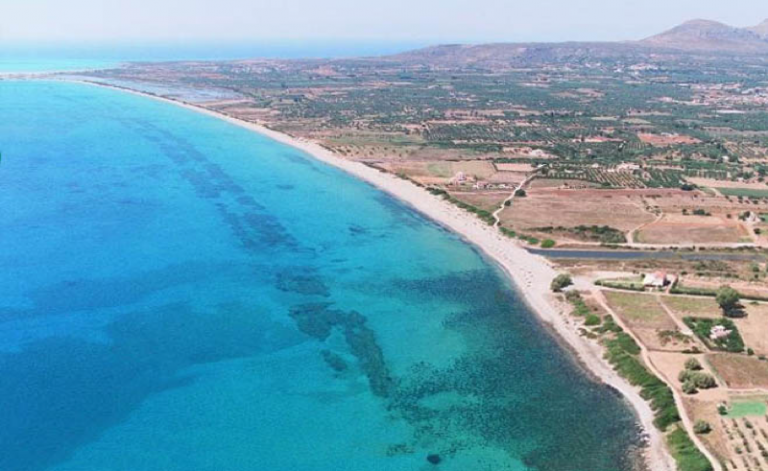
Vatika Bay Maritime Landscape
The Vatika Bay Maritime Landscape at the southern end of the Peloponnese peninsula in Greece exemplifies the interconnection between cultural and natural resources and different approaches to their conservation. As a marine ecosystem, the bay supports numerous endangered and exotic plant and animal species. As the crossroad of both ancient and modern of Mediterranean navigation, it has many underwater archeological remains. This article highlights the differing preservation strategies and outcomes for these interrelated resources.

WORLD RURAL LANDSCAPE PRINCIPLES: Threats, challenges, benefits, and sustainability
The ‘Principles Concerning Rural Landscapes as Heritage’ (ICOMOS 2017) after defining rural landscapes also briefly develop themes relating to threats, challenges, benefits, and sustainability for rural landscapes from a cultural heritage point of view for today’s society. These challenges have been examined by scholars, scientific and cultural associations and public administrations, both at international and local levels and you will probably be aware of many of these issues.

Rural Renaissance and Endurance: Painting a picture of hope in the Heartland
Examples of rural renewal and continuity are a reason for hope in the center of our country. This inspirational presentation was given by a young farmer who with her husband manage an organic farm in Decorah Iowa, which they describe “as growing organic crops, grazing sheep and cattle on pasture, powering their farm and home with the sun, and growing deep roots in our community.”

An Uncertain Future: Charting the Bureau of Land Management’s Landscape Scale Work
Over the past two decades, the Bureau of Land Management (BLM) has dramatically expanded its involvement in planning and conservation on a landscape scale. During the past two years, much of this work has been refocused, with the added complication of a potential headquarters relocation. What does the future hold for landscape scale work at the BLM?

World Rural Landscape Principles: Principle One, Definition and Values of Rural Landscapes
The World Rural Landscape Principles provide needed systematic definitions for rural landscapes as both a place and as a heritage resource within the larger category of cultural landscapes. This innovative approach looks at the commonality of these resources within a global context and recognizes the many types of rural activity that exist in the landscape and are worthy of consideration for protection.

Vatika Bay Maritime Landscape
The Vatika Bay Maritime Landscape at the southern end of the Peloponnese peninsula in Greece exemplifies the interconnection between cultural and natural resources and different approaches to their conservation. As a marine ecosystem, the bay supports numerous endangered and exotic plant and animal species. As the crossroad of both ancient and modern of Mediterranean navigation, it has many underwater archeological remains. This article highlights the differing preservation strategies and outcomes for these interrelated resources.
